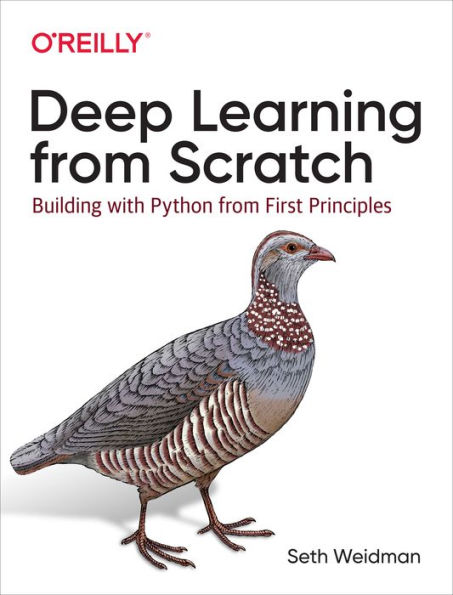Author Seth Weidman shows you how neural networks work using a first principles approach. You'll learn how to apply multilayer neural networks, convolutional neural networks, and recurrent neural networks from the ground up. With a thorough understanding of how neural networks work mathematically, computationally, and conceptually, you'll be set up for success on all future deep learning projects.
This book provides:
- Extremely clear and thorough mental models—accompanied by working code examples and mathematical explanations—for understanding neural networks
- Methods for implementing multilayer neural networks from scratch, using an easy-to-understand object-oriented framework
- Working implementations and clear-cut explanations of convolutional and recurrent neural networks
- Implementation of these neural network concepts using the popular PyTorch framework
Author Seth Weidman shows you how neural networks work using a first principles approach. You'll learn how to apply multilayer neural networks, convolutional neural networks, and recurrent neural networks from the ground up. With a thorough understanding of how neural networks work mathematically, computationally, and conceptually, you'll be set up for success on all future deep learning projects.
This book provides:
- Extremely clear and thorough mental models—accompanied by working code examples and mathematical explanations—for understanding neural networks
- Methods for implementing multilayer neural networks from scratch, using an easy-to-understand object-oriented framework
- Working implementations and clear-cut explanations of convolutional and recurrent neural networks
- Implementation of these neural network concepts using the popular PyTorch framework

Deep Learning from Scratch: Building with Python from First Principles
250
Deep Learning from Scratch: Building with Python from First Principles
250
Product Details
| ISBN-13: | 9781492041412 |
|---|---|
| Publisher: | O'Reilly Media, Incorporated |
| Publication date: | 10/01/2019 |
| Pages: | 250 |
| Product dimensions: | 6.90(w) x 9.00(h) x 0.60(d) |
